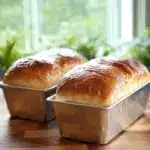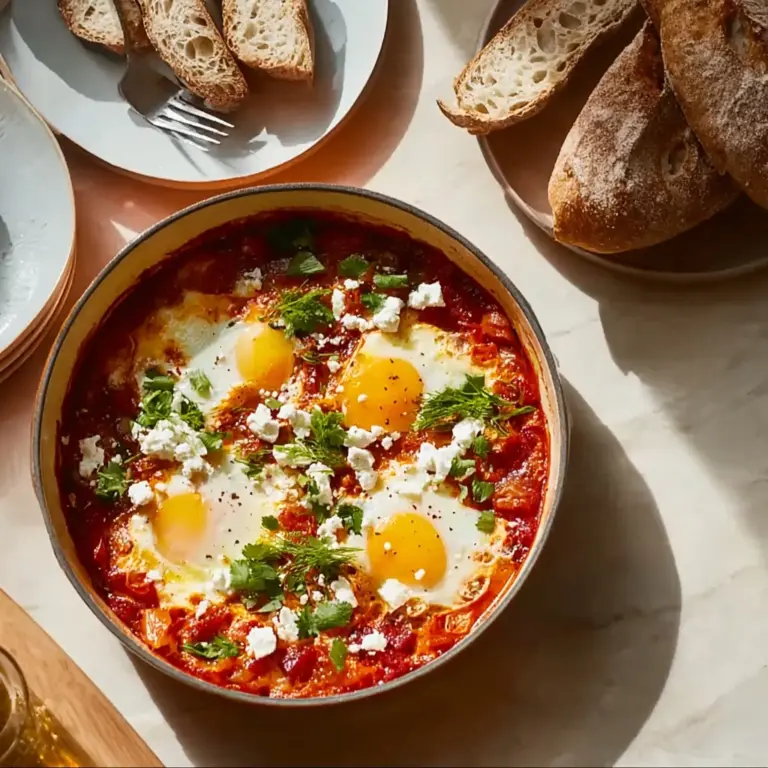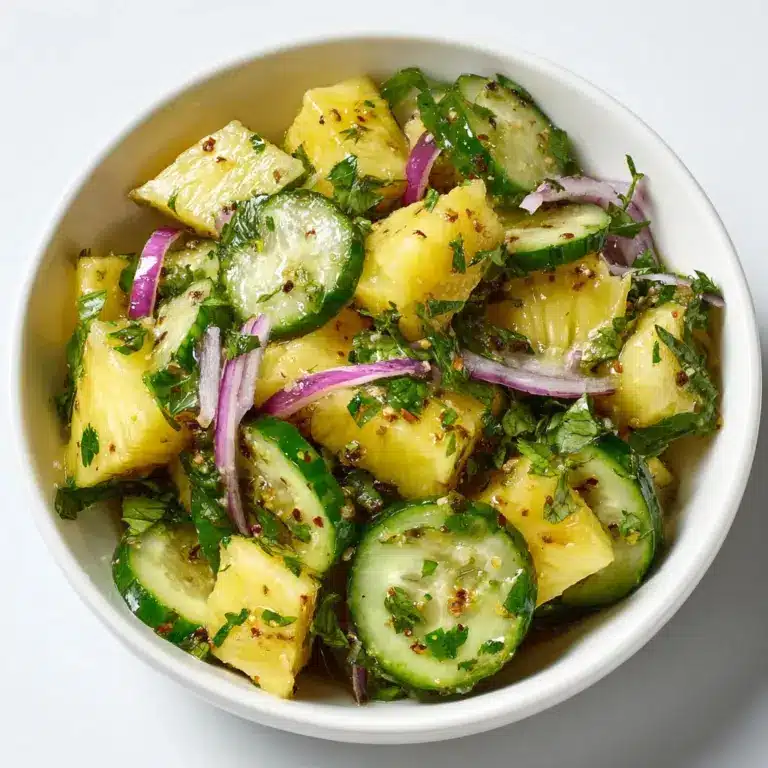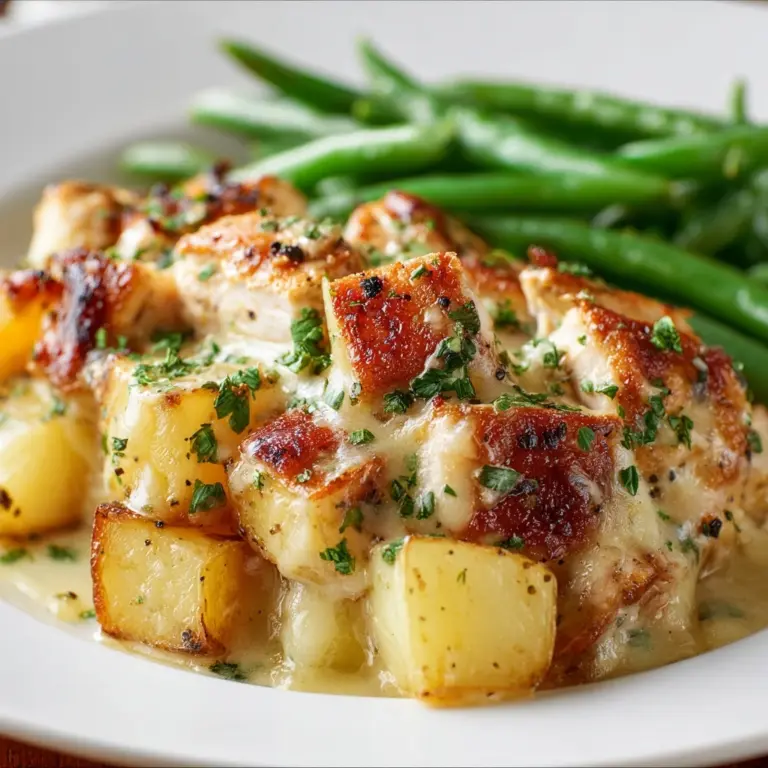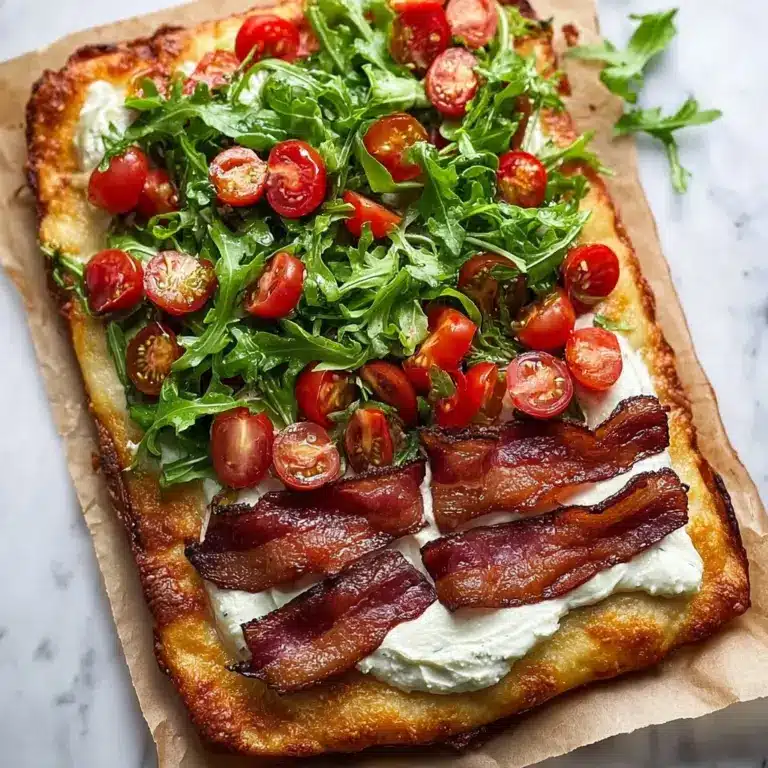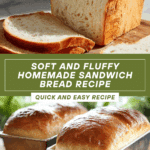Your Guide to Perfect Homemade Loaves Recipe
Baking bread at home is one of life’s simple pleasures, and with this Soft and Fluffy Sandwich Bread Recipe, you will discover just how rewarding it can be. Whether you’re a kitchen newbie or a seasoned baker, this recipe is your ticket to creating bakery-quality loaves right on your countertop. Your Guide to Perfect Homemade Loaves will walk you through every step to ensure you get that soft, tender crumb and golden crust that makes homemade bread so unforgettable. Trust me, once you make this, the smell alone will have you hooked.

Ingredients You’ll Need
When you look at the ingredient list, you’ll notice that it’s simple and straightforward, but each component plays an essential role in shaping the loaf’s charm—whether it’s the sweetness, texture, or the rise.
- 2 cups warm water: Warm, not hot, to activate the yeast without killing it, ensuring a perfect rise.
- 2 teaspoons salt: Brings out flavor and strengthens the dough’s texture for that soft chew.
- 1/4 cup butter (melted): Adds tenderness and richness to the loaf’s crumb.
- 1/4 cup honey: Natural sweetness that helps the crust brown beautifully.
- 2 teaspoons yeast: The magical agent that makes your bread rise and become fluffy.
- 5 1/2 – 6 1/2 cups all-purpose flour: The foundation—flour’s protein content shapes texture and makes kneading satisfying.
How to Make Your Guide to Perfect Homemade Loaves
Step 1: Mixing Your Ingredients
Start by stirring together warm water, salt, honey, and melted butter in a large bowl or the bowl of a stand mixer. This combo needs to mix well until the salt dissolves, setting the stage for an even-flavored loaf with a tender crumb.
Step 2: Incorporating Flour and Yeast
Add 4 cups of your flour and stir until blended, then sprinkle in the yeast and mix it in. This allows the yeast to interact properly with the liquids, which is key for a good rise and lovely texture.
Step 3: Forming the Dough
Next, introduce 1 1/2 more cups of flour and mix until a soft dough forms that’s shaggy and pulls away from the sides of the bowl. Resist adding too much flour to keep the dough from getting tough.
Step 4: Kneading to Perfection
Turn the dough out onto a floured surface. If you’re using a mixer, attach the dough hook and knead on medium speed for 6 to 8 minutes. Otherwise, knead by hand for about 8 to 10 minutes, adding flour bit by bit from your reserved cup if the dough sticks. Keep kneading until it feels smooth and elastic—that’s the dough telling you it’s ready!
Step 5: The First Rise
Preheat your oven to 100 degrees F, then turn it off and place your dough, lightly covered in a greased bowl, inside. This warm, draft-free environment sets your dough up for success, helping it double in size faster than a room-temperature rise.
Step 6: Shaping the Loaves
Once doubled, gently turn the dough onto a floured surface again. Divide it into two equal parts, shaping each into a loaf. This shaping step is where the dough is given its final form, so handle it gently to keep the air bubbles intact.
Step 7: The Second Rise and Baking
Place your shaped loaves back into greased pans and into your warmed, now turned-off oven. Wait until the dough starts to rise over the edges of the pans, signaling it’s ready to bake. Preheat to 350 degrees F while the dough rises. Bake the loaves for around 30 minutes until golden on top and an internal temperature of about 180 degrees F confirms they’re cooked through.
Step 8: The Finishing Touches
If you want that extra-soft crust and hint of buttery flavor, rub melted butter on the hot loaves right after removing them from the oven. Then, let them cool completely before slicing to ensure the fluffiest texture inside.
How to Serve Your Guide to Perfect Homemade Loaves

Garnishes
While this bread is delicious on its own, spreading a bit of softened butter, a brush of garlic oil, or your favorite herb-infused cream cheese can elevate each slice beautifully.
Side Dishes
Your freshly baked loaves are perfect partners to soups, stews, and salads—especially creamy tomato bisque or hearty vegetable stew, where the soft bread soaks up every delicious drop.
Creative Ways to Present
Transform slices into scrumptious sandwiches layered with fresh veggies, cheeses, and deli meats, or toast them lightly and top with avocado mash and cherry tomatoes for a simple, vibrant snack.
Make Ahead and Storage
Storing Leftovers
If you have leftover bread, keep it in a tightly sealed bag or an airtight container at room temperature for up to three days to maintain its softness and freshness.
Freezing
Slice the bread before freezing it in a resealable bag so you can thaw just what you need. Frozen bread will stay good for up to three months and still taste freshly baked once defrosted.
Reheating
To revive that just-baked warmth, toast slices gently or heat the whole loaf in a 350 degree F oven wrapped in foil for about 10 minutes. This will refresh the crust and fluff up the inside perfectly.
FAQs
Can I use whole wheat flour instead of all-purpose flour?
Absolutely! You can substitute whole wheat flour for part or all of the flour for a heartier, nuttier loaf. Just keep in mind that whole wheat absorbs more liquid, so you might need to adjust your water slightly to keep the dough soft.
What if I don’t have a stand mixer?
No worries! This recipe works just as well when kneaded by hand. It might take a bit more elbow grease, but it’s satisfying and definitely worth it for that wonderfully soft bread.
Why is my bread dense instead of fluffy?
Density usually means the dough didn’t get enough rise or kneading. Make sure your yeast is fresh and that you give the dough time to double in size properly before baking. Also, knead until the dough is smooth and elastic for the best texture.
Can I add seeds or herbs to the dough?
Yes! Adding things like sunflower seeds, poppy seeds, or fresh herbs is a great way to customize your loaf. Just fold them in during the final mixing stage before kneading.
Do I really need to let the bread cool before slicing?
It’s highly recommended because the cooling process allows the crumb to set, preventing it from becoming gummy or tearing when sliced. Patience here really pays off in texture!
Your Guide to Perfect Homemade Loaves: Final Thoughts
There’s nothing quite like the joy of pulling soft, fluffy loaves from your own oven, and this recipe is truly your stepping stone to mastering just that. With Your Guide to Perfect Homemade Loaves, you’re not just baking bread—you’re crafting comfort and creating memories. Give it a try, and soon enough you’ll be sharing these favorites with family and friends, warm from the oven and full of heart.
PrintYour Guide to Perfect Homemade Loaves Recipe
This Soft and Fluffy Sandwich Bread recipe guides you through making perfect homemade loaves that are tender, light, and delicious. With simple ingredients and straightforward steps, you’ll create bakery-quality bread ideal for sandwiches and toast.
- Prep Time: 20 minutes
- Cook Time: 30 minutes
- Total Time: 2 hours
- Yield: 2 loaves 1x
- Category: Bread
- Method: Baking
- Cuisine: American
- Diet: Vegetarian
Ingredients
Liquid Ingredients
- 2 cups warm water
- 1/4 cup melted butter
- 1/4 cup honey
Dry Ingredients
- 2 teaspoons salt
- 2 teaspoons yeast
- 5 1/2 – 6 1/2 cups all purpose flour
Instructions
- Combine Wet Ingredients: In the bowl of a stand mixer or a large bowl, mix the warm water, salt, honey, and melted butter until well combined and the salt begins to dissolve.
- Add Initial Flour: Stir in 4 cups of the all purpose flour to the mixture.
- Add Yeast: Sprinkle in the yeast and stir to incorporate evenly.
- Add More Flour: Add 1 1/2 cups more flour and mix until a soft dough forms. Keep the last cup of flour for kneading. The dough should look shaggy, feel loose, and pull away easily from the sides of the bowl. It should not be overly sticky.
- Turn Out Dough and Knead: On a clean, floured surface, turn out the dough. If using a stand mixer, attach the dough hook and knead at medium speed for 6-8 minutes, adding reserved flour as needed to prevent sticking. When kneading by hand, continue for 8-10 minutes, also adding flour as necessary to keep the dough manageable.
- Let Dough Rise: Warm your oven to about 100°F, then turn it off. Place the dough in a greased bowl and set it inside the warm oven. This warm, draft-free environment speeds up the rising process. Check periodically until the dough doubles in size.
- Prepare Baking Pans: Grease two baking pans with cooking spray or oil while the dough is rising.
- Shape the Bread: Once doubled, turn the dough onto a floured surface, divide in half, and shape each piece into a loaf.
- Second Rise: Place the shaped dough loaves back into the warmed oven. Let rise again until the dough starts to rise above the rims of the pans.
- Preheat Oven and Bake: Remove loaves from the oven and preheat it to 350°F. Bake the bread for about 30 minutes, or until the tops are golden brown and the internal temperature reaches approximately 180°F.
- Finish and Cool: Optionally, rub butter over the hot bread tops for extra flavor and softness. Allow the loaves to cool before slicing and serving.
Notes
- Use warm water around 110°F to activate the yeast without killing it.
- The amount of flour can vary slightly depending on humidity and flour brand; add gradually during kneading to achieve the perfect dough consistency.
- The first rise can take about 1 to 1.5 hours depending on temperature.
- For best results, check bread doneness with a thermometer rather than time alone.
- Butter can be omitted or substituted with oil to reduce saturated fat.
- This bread freezes well; slice before freezing for convenient thawing and use.
Nutrition
- Serving Size: 1 slice (1/16 of loaf)
- Calories: 120 kcal
- Sugar: 3 g
- Sodium: 180 mg
- Fat: 2 g
- Saturated Fat: 1 g
- Unsaturated Fat: 1 g
- Trans Fat: 0 g
- Carbohydrates: 22 g
- Fiber: 1 g
- Protein: 4 g
- Cholesterol: 5 mg
Keywords: homemade bread, sandwich bread, soft bread, fluffy bread, yeast bread, baking bread at home

